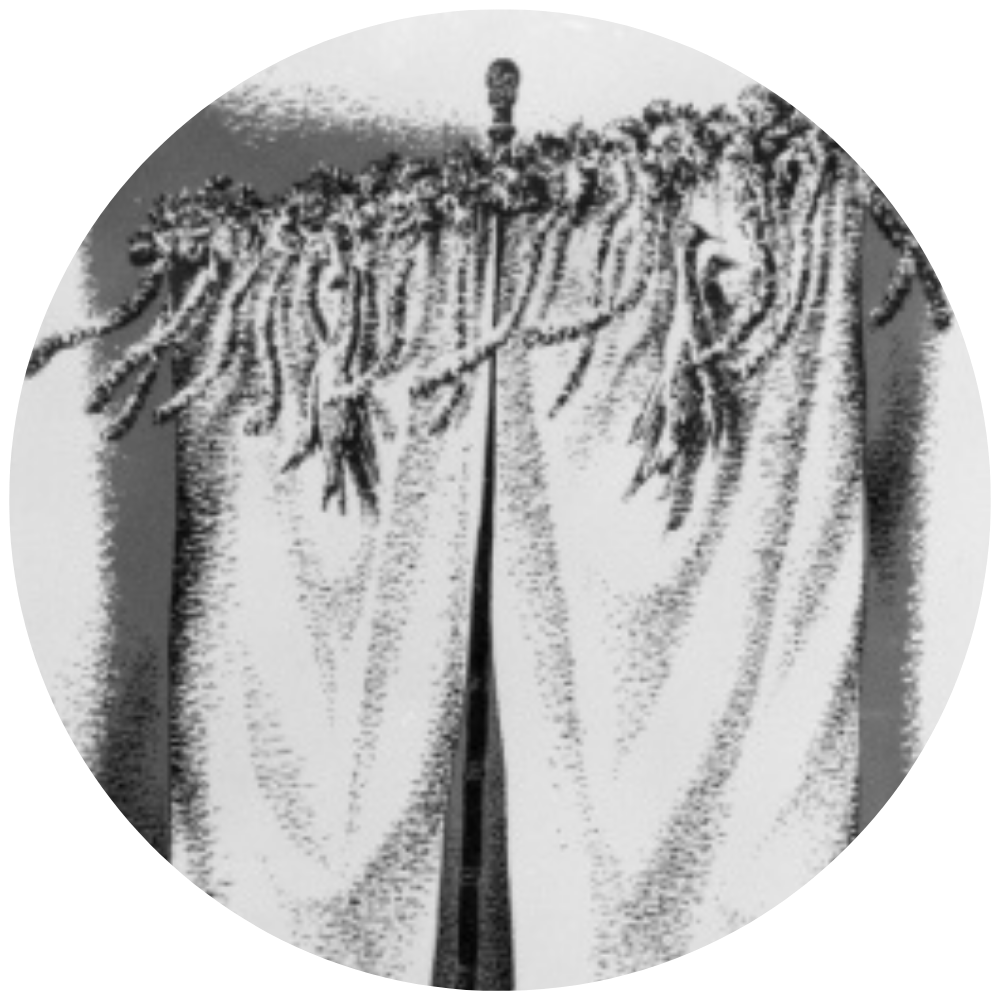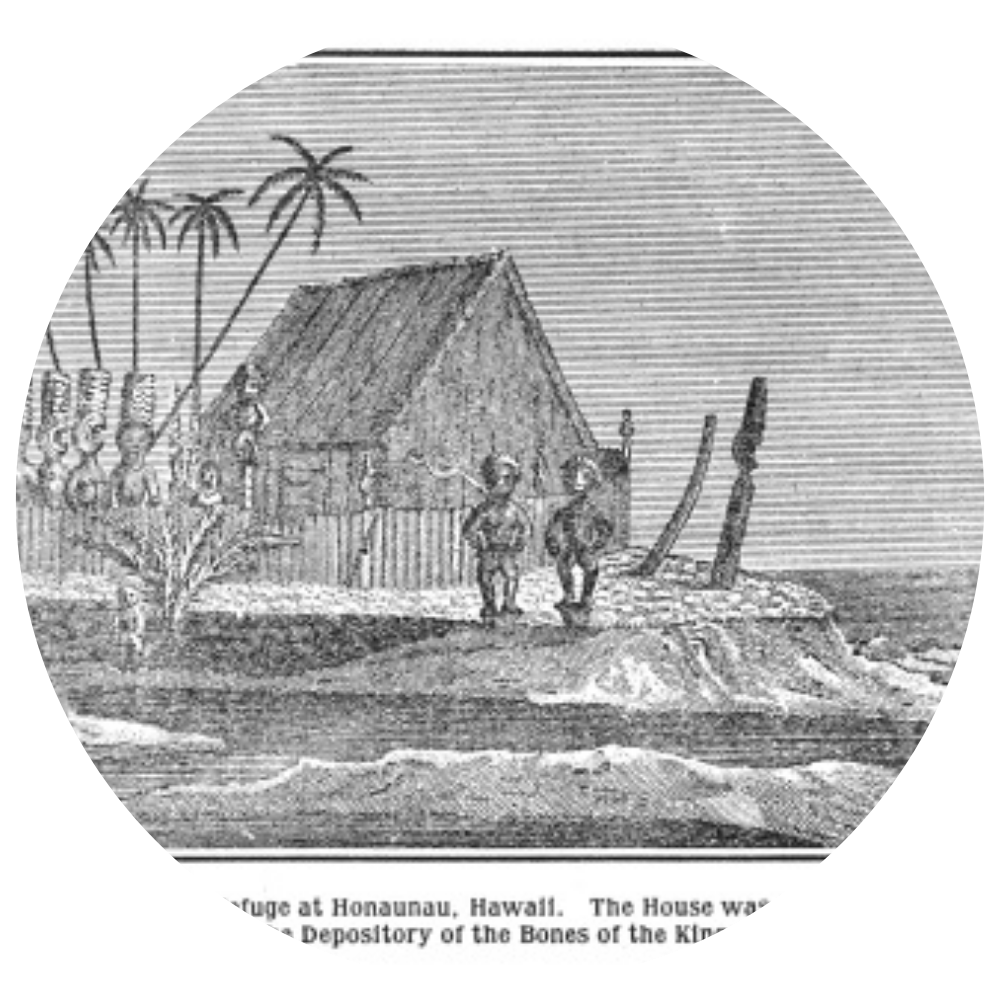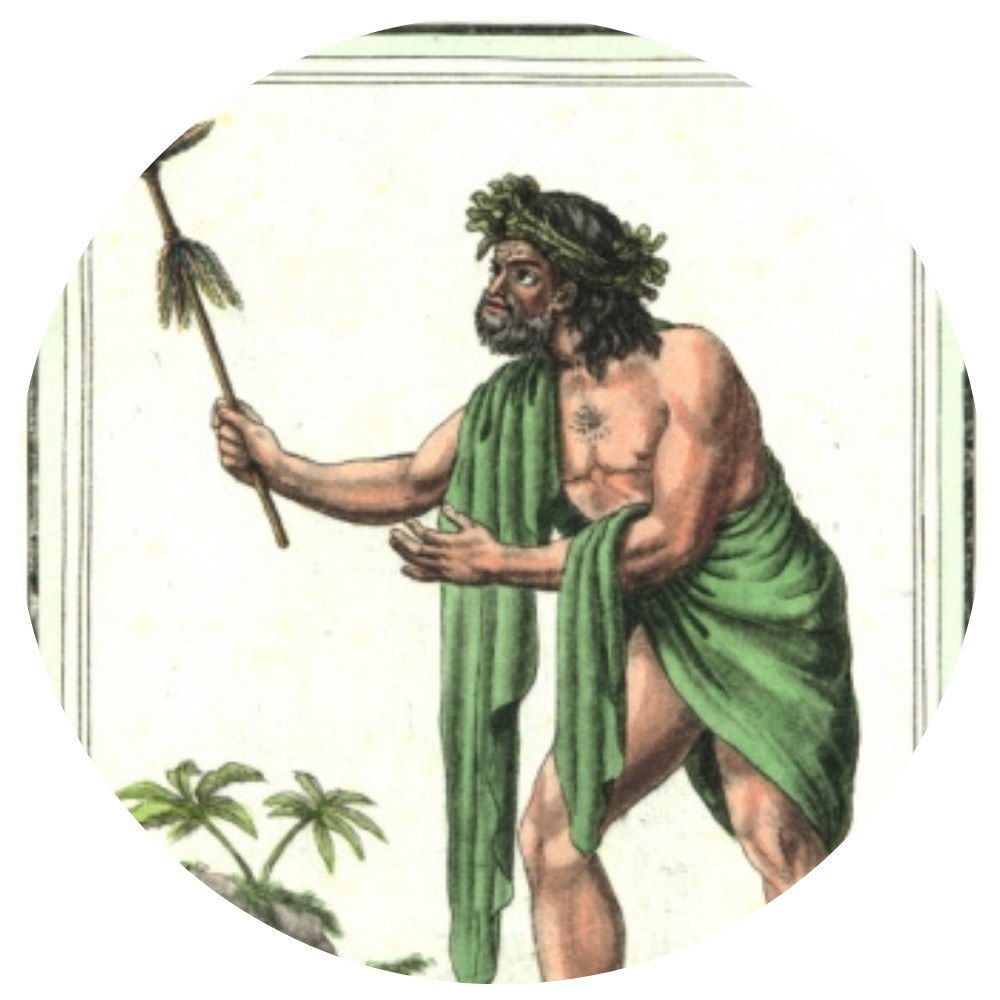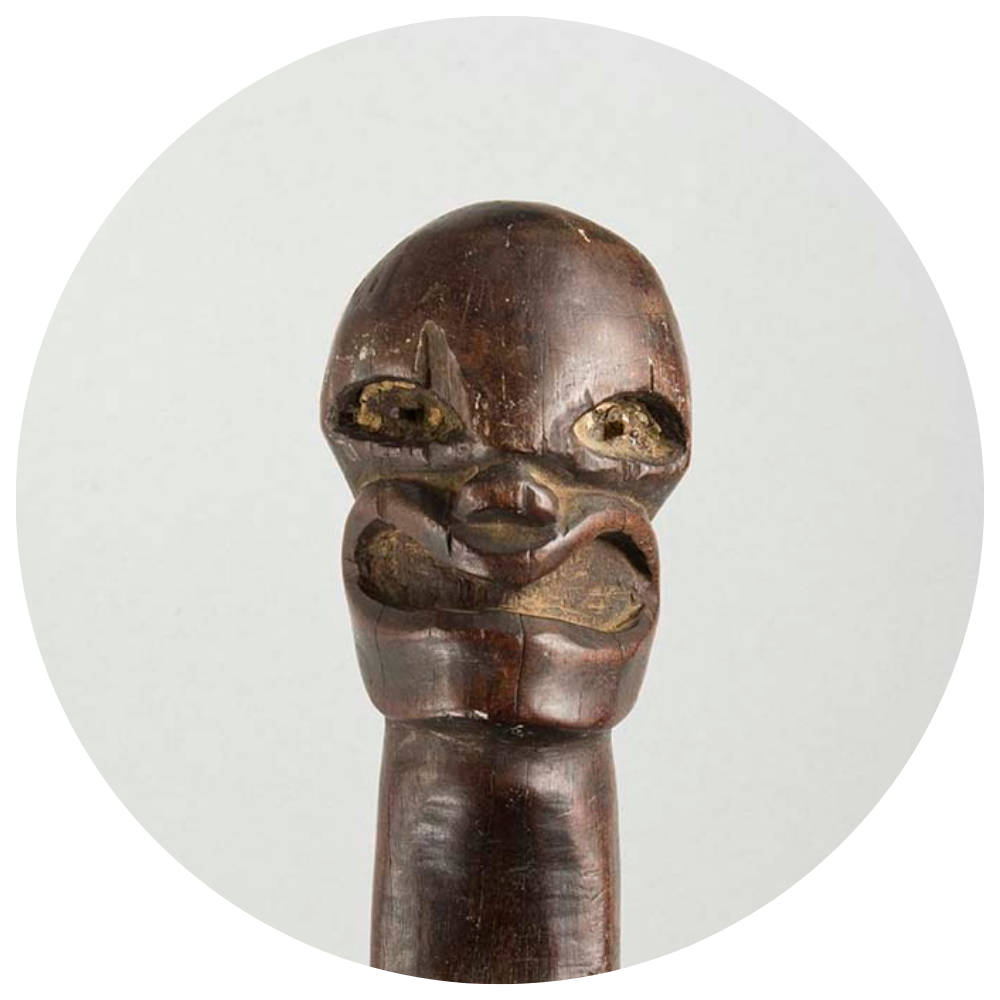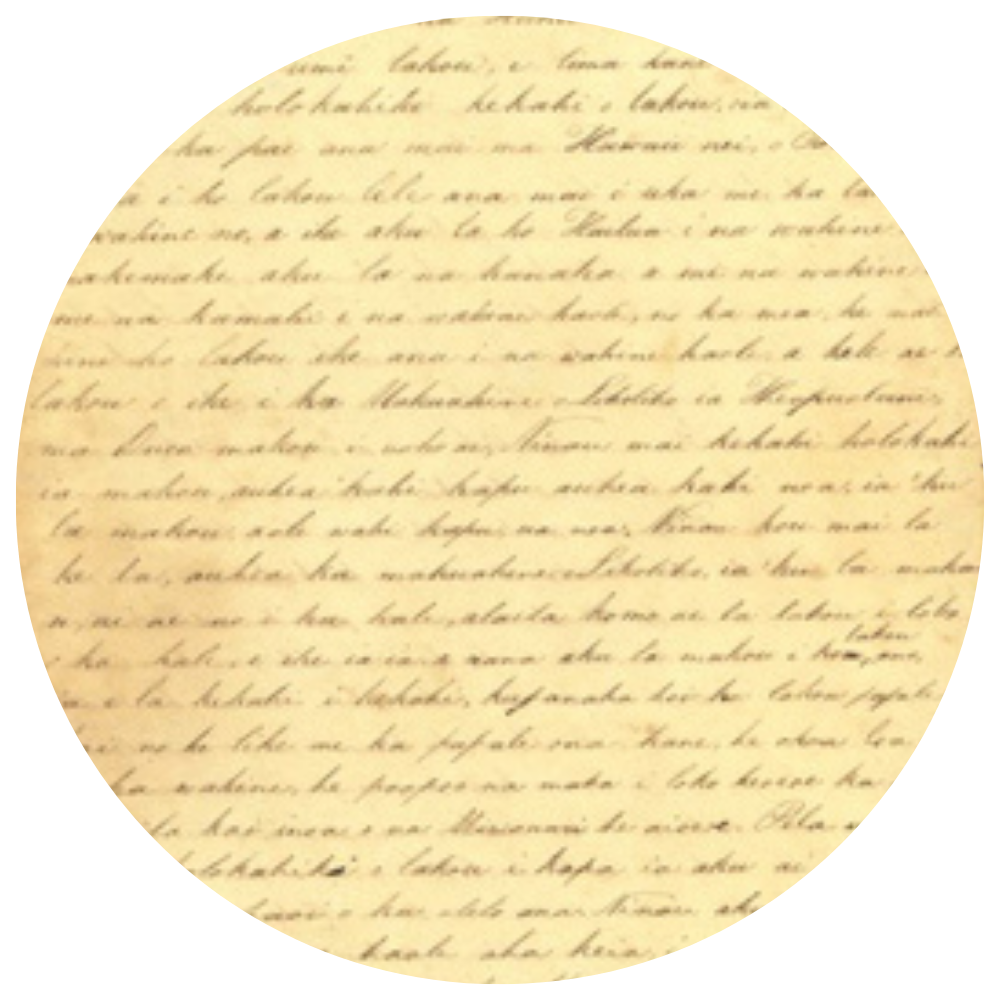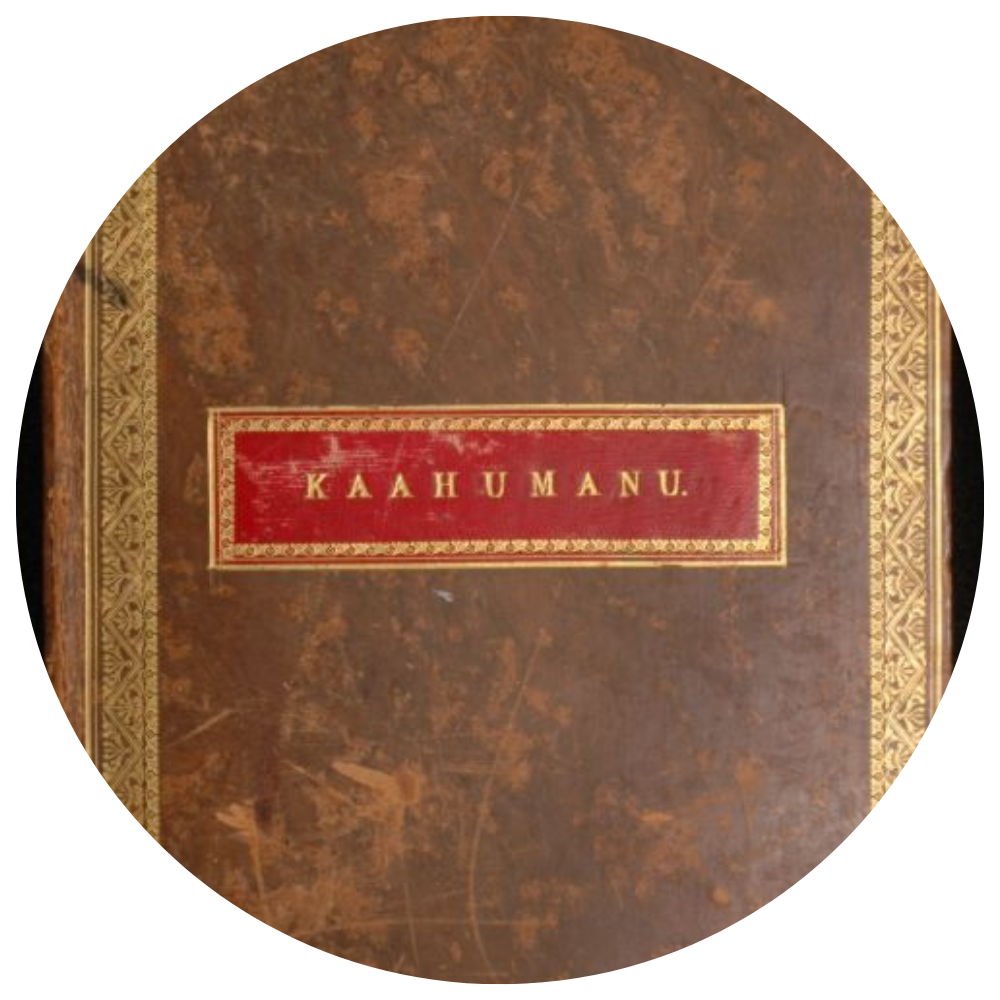Kū

For hundreds of years prior to 1819, Hawaiian society was governed by the ‘Aikapu, a system of religious, political, and social laws. In this system, the role of religion in political and social organization was paramount; the ‘Aikapu itself was conceived by the kahuna (priest) of Wākea, an Akua (God) often referred to as Sky Father. In the philosophy that informed the ‘Aikapu system, nothing in Hawaiian life occurred without the will and recognition of the Gods. The sun rose and prayer was chanted. The crops were planted and an oli (chant) was performed. A battle was waged and the chiefs made appeals to the Akua. A child was born and religious ceremony abounded. It can be said with certainty that every aspect of Hawaiian life was imbued with a deep sense of spirituality, from the very mundane to the extraordinary.
As a polytheistic society, Hawaiians worshipped nearly 40,000 Gods under the ‘Aikapu. These Gods presided over the various tasks of life, including childbirth, agriculture, war, fishing, family structure, and chiefly rule. The Akua, like the kānaka, were of various ranks and power. ‘Aumākua or ancestral Gods guarded and guided members of their family and were honored by those who were genealogically linked to them. All Akua had earthly nature forms known as kinolau, literally, “many bodies”, and each God often had more than one kinolau. The pueo (owl), the falling rain, a palapalai fern, the ‘ōhi‘a lehua blossom, and the manō (shark) were among the thousands of kinolau of the Akua. In this understanding, the Akua are not distant or ephemeral, but familiar and real, sharing the earthly realm with kānaka.
Earthly manifestations of Akua are also found in the ki‘i (God images). Ki‘i have been exotified through American “tiki” culture, and the Akua most often misrepresented in this context is Kū, the male God of war and politics. Carved to inspire a sense of fear and severity, Kū stands as tall as the human warriors who worshipped him and likely resided in a heiau or temple dedicated in his honor. There are literally dozens of manifestations of Kū including Kūkā‘ilimoku (Kū Snatcher of islands), Kūolonowao (Kū of the deep forest) Kū‘ula (Kū of the abundance of the sea) and many others. These Kū forms presided over a myriad of tasks such as fishing, the gathering of hardwoods for carving, as well as the catching of birds for feather work.
After the death of Kamehameha I, his wahine, Ka‘ahumanu, and his heir, Liholiho began a co-rule that would fundamentally alter Hawaiian society. In 1819, after defeating the last supporters of the ‘Aikapu in the battle of Kuamo‘o, Ka‘ahumanu ordered the destruction of the Akua, including ki‘i like that of Kū. The Kū ki‘i housed at Bishop Museum is only one of three remaining ancient Kū known today.
Location: Bishop Museum
Origin: Hawai‘i
Audio
Mele Pule Ho‘ola
Kūlia e ‘Uli ka pule i mua o ke kahuna; Mele pule ho‘ola. Performed by Kuluwaimaka, court chanter during King Kalākaua’s reign.
Collection: Kuluwaimaka
Call Number: Nā Leo Hawai‘i Kahiko. Record 1 Side A. Track 3


